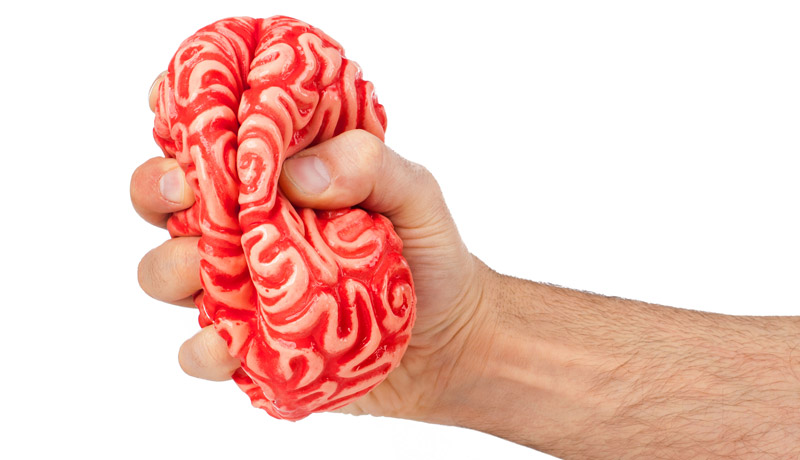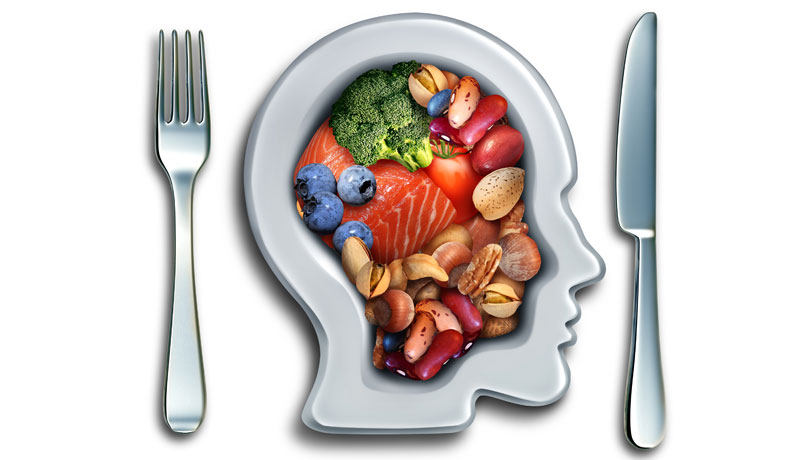“The brain is like a muscle. When it is in use, we feel very good. Understanding is joyous.” –Carl Sagan
It was once believed that the brain had a finite capacity for change or healing and that a damaged brain was beyond reasonable hope. The theory was that the brain could compensate by making new connections among its surviving neurons, but its capacity for repairing itself was limited.
Yet as far back as five decades, that belief was challenged.
What Is Neuroplasticity?
Neuroplasticity (also referred to as brain plasticity or brain malleability) is a “hot topic” in neuroscience. It refers to the brain’s continuous ability to form new neural connections. This means that the brain’s neurons (nerve cells) can adjust and compensate for disease or injury.
In essence, new pathways of neurons can compensate for diminished or compromised function. This happens by a process carried out by undamaged axons. So imagine these axons (or nerve fibers) growing new endings, and then undertaking the task to seek out and connect to undamaged nerve cells. That’s the miracle of neuroplasticity.
And when we contemplate the power of neuroplasticity, we’re talking about enormous potential for change and growth, since although no one knows the exact number, it is estimated that the brain contains upwards of 100 billion neurons.
While there is substantial evidence that neuroplasticity is relevant in normal, healthy brains, it turns out that the injured brain is particularly malleable. What’s more, recent research and highly-advanced imaging technology show unique perspectives on the injured brain, which provide a clearer picture of post-injury plasticity. When the brain is damaged, the implication is that neuroplasticity’s rebuilding means that there are reduced complications and disability.
Examples of Neuroplasticity
Several illustrative examples of neuroplasticity drive home its powerful abilities. Here are just a few of them:
- In those with brain damage, such as stroke patients, when certain abilities are lost or diminished, the brain reorganizes itself to move functions from the damaged location to a new location.
- Concussions give rise to an exploration of neuroplasticity. There are 3.8 million concussions in competitive sports and recreational activities that occur in the United States every year. Ben Utecht, 35, the former NFL tight end, suffered at least five serious concussions in his college and pro football career. In his book, Counting the Days While My Mind Slips Away, he explains the cost of these concussions to his brain. While his road to recovery is a long one, he describes his dedication to intensive “brain training.” At the beginning of his program, baseline testing indicated his short-term memory was in the 12th percentile, and his long-term memory was in the 17th percentile. After, the same tests showed increases to the 78th and 98th percentiles, respectively.
- The famed London taxi drivers must pass “The Knowledge” to acquire their license. It’s called one of the most difficult tests, of any kind, in the world. For this test, they must memorize the routes and landmarks of the city’s 25,000 streets. In one brain study, these drivers were shown to have a larger hippocampus compared to bus drivers who follow more limited routes than taxis. This is because this region of the hippocampus especially acquires and utilizes complex spatial information in order for the cabbies to do their jobs.
- Another example of neuroplasticity is in a hemispherectomy (done for severe seizure disorders). When we have to resect a large area of the brain which is causing intractable seizures, the function is re-established in other parts of the brain.
The Lessons of Neuroplasticity
In the past decade, there has been a radical growth of knowledge and understanding of neuroplasticity. This holds hope for behavioral treatments and rehabilitation, but also in my field of neurosurgery. It is potentially possible that a new understanding of this phenomenon will impact the drugs and other treatments we currently deliver to our patients.
Injury and disability are important reasons to understand neuroplasticity. But we can all benefit from understanding and engaging neuroplasticity. Brains can be developed the way we develop muscles.
With this brain understanding, we can better ourselves by both intellectual and physical means.
Originally posted on the Huffington Post.

ANA is a team of expert neurosurgeons and medical professionals, who combine their decades of knowledge to provide information, events, and articles on a range of neurological conditions.



